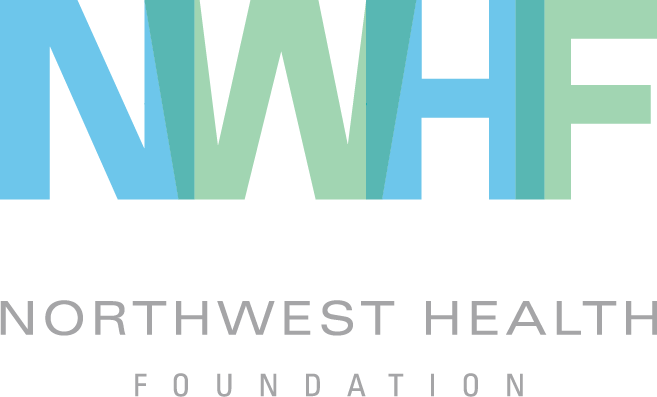Student Community Health Workers Address Racism at Kelso High School
/A story from Health & Education Fund Impact Partner The Noble Foundation.
When Kelso High School passed out the 2018-19 yearbook, students discovered it contained a quote by Adolf Hitler. Unfortunately, incidents like this aren’t unusual. Kelso High School students of color often hear inappropriate comments about topics like the Ku Klux Klan or slavery that their classmates claim are jokes. This doesn’t make for a comfortable learning environment. Racism at school harms students’ educational attainment and health.
Ophelia Noble speaks to a library full of Kelso High School students.
Responding to this reality, The Noble Foundation and several other community-led organizations met with 170 students (80 students of color and 90 white students) at Kelso High School in 2018 and held two caucused community conversations with students around their experiences with racism in both the education system and surrounding community. These conversations led to the establishment of the first credit-offering elective “Diversity Class” at Kelso High School in Spring 2018, which continued into the 2019 school year.
After visiting this class in Spring 2018 as a guest speaker, The Noble Foundation Executive Director Ophelia Noble heard students of color voice multiple requests for support. Around this same time, the Health & Education Fund Partners opened applications for Impact Partnerships. The Noble Foundation and some partner organizations rose to the occasion, submitting a successful application for funding to support a high-school-based, culturally-specific community health worker program.
Students submitted 79 applications and resumes for the original five community health worker slots. Responding to the high demand, the program organizers increased the number of slots to ten.
A group of Kelso High School students gather around a table in the library during one of the caucused community conversations.
Every week for six months, the group of ten met in what is now recognized by staff and students as the school’s “Safe Space” to complete 90 hours of community-based, self-led community health worker training together. Although Ophelia and other adult community leaders attended to facilitate, for the most part the students led the work themselves. The students also committed to 20 minutes weekly of self-guided research on topics like communication, advocacy, leadership, team building, social justice, restorative justice and self-care, which is being used to develop the first culturally-specific, by-and-for community health workers curriculum in Southwest Washington.
Not only is the community health worker program a space for autonomy and leadership development, it’s also a space for students of color to spend time together and support one another. Three out of four Kelso High School students are white. Of the ten Kelso High School community health workers, two identify as African-American, three as Latinx, one as LGBQTIA, one as Korean and only three as white. The community health workers report feeling accepted and respected in this space.
During the school year, the community health workers planned and hosted outreach events, which they invited all students to attend. At a Martin Luther King Jr. Day event, community health workers taught classmates about MLK Jr. and Black History Month. On Earth Day, they celebrated and informed their peers about social justice. Each event drew more than 200 students.
The community health workers also identified trusted school staff, built long-term relationships within the group, and began building relationships with Kelso School District administrators, including Superintendent Mary Beth Tack and Kelso High Principal Christine McDaniels.
The community health workers pose around one of the trifold posters they created for their MLK Day outreach event.
When students received the yearbook with the Adolf Hitler quote, the community health workers quickly called a special meeting for students to discuss their concerns. The meeting included facilitators and the newly formed Southwest Washington Communities United for Change (SWCUC). In this meeting, students determined they would reach out to the principal.
On the last Thursday of the school year, the principal met with the community health workers to answer questions, give feedback about yearbook policy updates, and apologize for the incident. The students stated they “wanted to continue to be the voice for their communities and were appreciative of the principal’s visit. But, also that this is just one event of the many they experience on almost a daily basis.” They plan to continue conversations with the principal next year.
Afterward, the community health workers gathered in the library to celebrate their successes. They deserved it. These students are contributing to a safer, healthier environment for themselves and future generations.


























